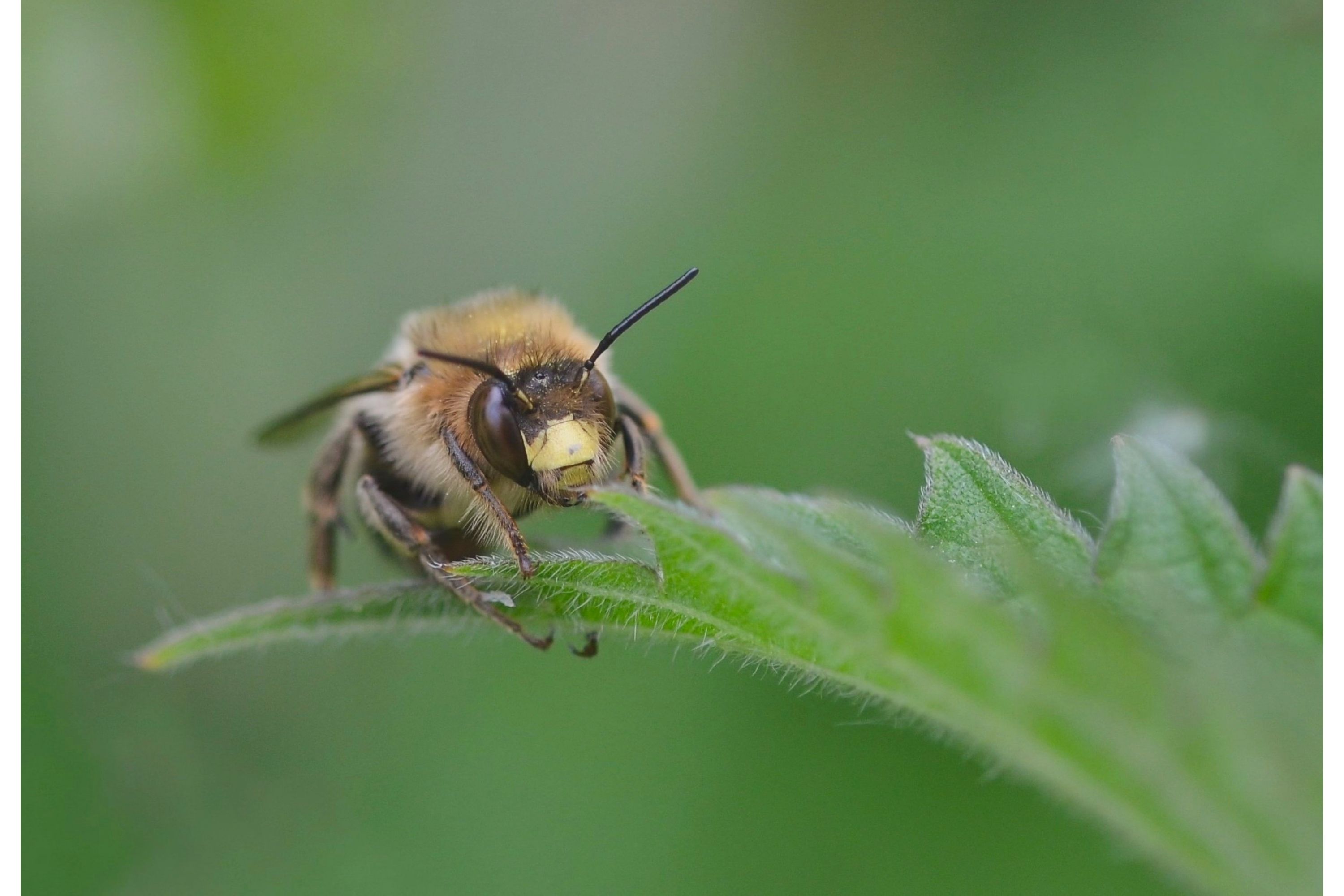Potter flower bee
(Anthophora retusa)

Description
Anthophora retusa, the potter flower bee, is a species of solitary digger bee. A. retusa is generally found in Western Europe and southern Sweden. In the United Kingdom, A. retusa is thought to be limited to five sites, including Seaford Head Nature Reserve. A. retusa can be differentiated from Anthophora plumipes by the hind-tibial spurs; in A. plumipes they are black while in A. retusa they are yellow or yellow-brown. A. retusa prefers sandy soils and is generally found on coastal dunes and cliffs as well as inland on commons and heathlands. A. retusa has suffered population decline since the Second World War but undergone rapid decline since the 1990s, similar to that seen in some bumblebee species. It is an endangered species in Britain. The bee genus Anthophora is one of the largest in the family Apidae, with over 450 species worldwide in 14 different subgenera. They are most abundant and diverse in the Holarctic and African biogeographic regions. All species are solitary, though many nest in large aggregations. Nearly all species make nests in the soil, either in banks or in flat ground; the larvae develop in cells with waterproof linings and do not spin cocoons. Males commonly have pale white or yellow facial markings, and/or peculiarly modified leg armature and hairs. Anthophora individuals can be distinguished from the very similar genus Amegilla by the possession of an arolium between the tarsal claws.
Taxonomic tree:







